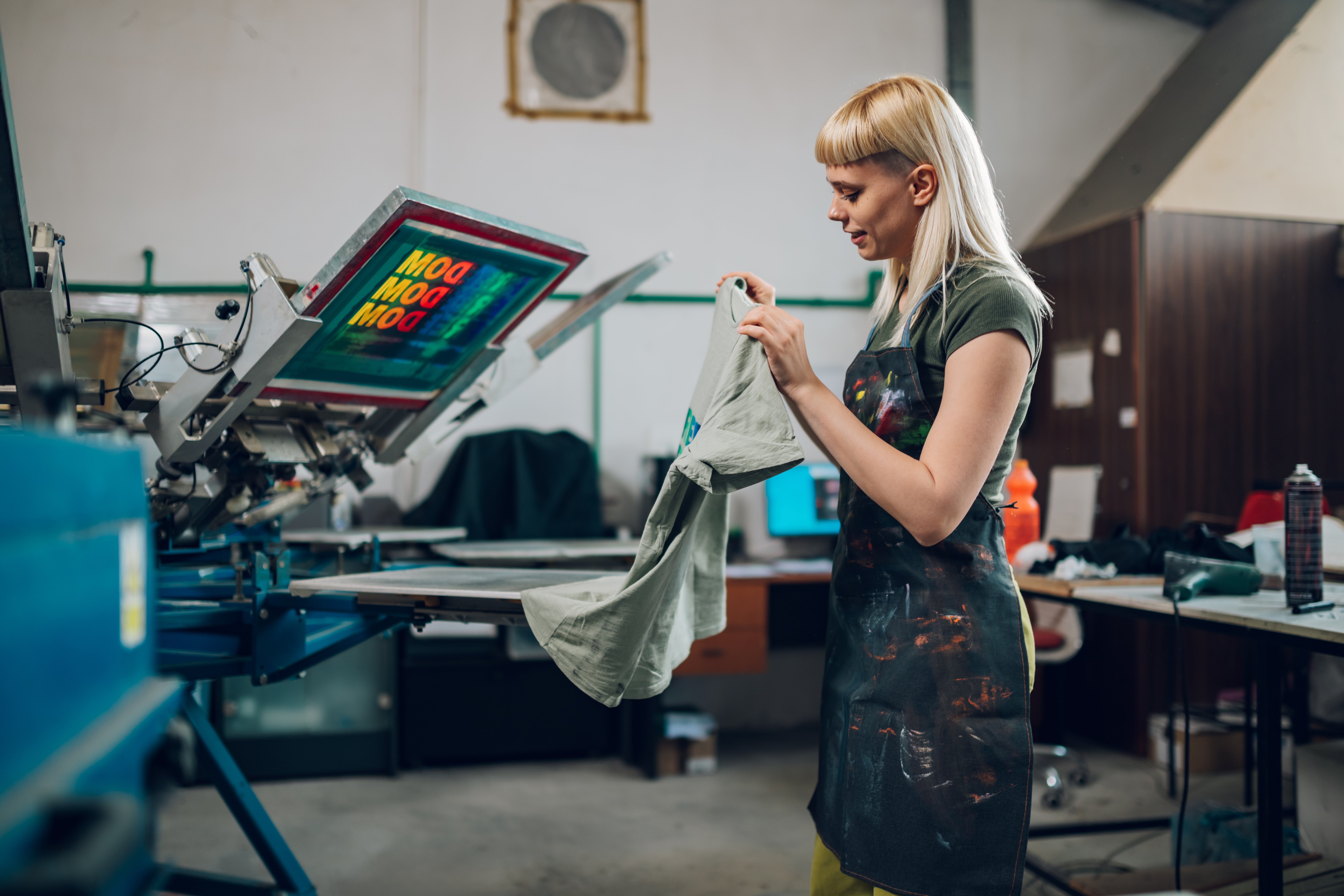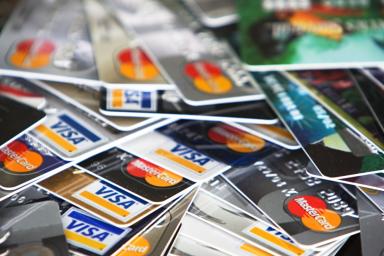How to calculate VAT
VAT is one of the more complex of UK taxes with lots of exceptions on what’s covered by VAT and how companies charge and pay VAT. All of which can make understanding how to calculate VAT confusing.
Value Added Tax, or VAT, is a tax that’s applied to the sale of goods and services.
In theory, how it works seems straightforward.
Businesses charge their customers VAT and then pay the net tax on to the government.
For all but the smallest of businesses, is an accounting reality that demands a rigorous approach to record-keeping and accurate calculation when working out how much VAT you should charge and pay on to HMRC.
There are several VAT calculations that are essential to understand:
Charging VAT – How much VAT your business should charge depends on the type of goods and services your business sells.
Alternative VAT schemes – Different schemes have different rates of VAT that apply to your business, which can affect how much VAT you subsequently pay to HMRC.
VAT Return calculations – How to fill in and submit your VAT Return, calculating how much VAT you must pay or claim back from HMRC.
For more information on what VAT is, see this YouTube Playlist from HMRC.
How VAT works
Registering for VAT is a necessity for any business that has an annual turnover greater than £90,000.
You will need to register for VAT if - your VAT taxable turnover in the last 12 months was over £90,000, (the current VAT threshold) or - you expect your turnover to go over £90,000 in the next 30 days.
You can also choose to register if your turnover is less than £90,000.
You may be charged a penalty if you fail to tell HMRC at the correct time you should have been registered for VAT.
When your turnover crosses this threshold, you must register as a VAT business with HMRC and start charging VAT on the goods and services your business sells.
The good news is you’ll also be able to claim back the VAT your business is charged on the goods and services it buys.
The VAT system means your business acts as a kind of tax collector.
You gather the VAT charged on your products and services and then pass it onto HMRC.
The VAT you collect is usually paid to HMRC every three months, which is when you need to file a VAT Return.
There are some exceptions to this, depending on the VAT accounting scheme you elect to use.
VAT is charged on a variety of goods and services, and not just on business sales.
You’ll need to charge VAT on items such as equipment and premises that your business hires out to others and even on items sold to staff, such as discounted products or meals sold in a staff restaurant.
Taken together, items you need to charge VAT on are known as ‘taxable supplies’.
To correctly calculate your VAT Return, you need to know what goods and services you should charge VAT on and how much VAT you must charge.
While the standard VAT rate is 20%, many goods and services have a reduced VAT rate.
Children’s car seats have a VAT rate of just 5%, for example.
How to calculate VAT when selling products and services
You must calculate how much VAT to charge on the goods and services you sell, and show the correct VAT on any receipts or invoices.
There are three different rates for VAT:
Standard rate – The standard 20% rate of VAT applies to most businesses and most goods and services.
Reduced rate – Some goods and services attract a reduced VAT rate of 5%, such as smoking cessation products, caravans and some energy-saving materials. The government has a directory detailing the VAT rates on different goods and services. Use this to see if anything your business sells should add VAT at a reduced rate.
Zero rate – Some goods and services have a 0% VAT rate, including children’s clothes and shoes, books, magazines and equipment for disabled people. You still need to include the 0% VAT rate on all invoices and receipts your business issues.
VAT calculation example
If the products or services are subject to the 20% standard rate of VAT:
You must add 20% to the price you charge for the goods or service.
You can do this by multiplying the price you charge by 1.2.
For example, if your business sells sports equipment for £50, you multiply £50 by 1.2 for a total VAT inclusive price of £60.
On the receipt or invoice, you list the item price (£50), the VAT (£10) and the price including VAT (£60).
If the products or services are subject to the 5% reduced rate of VAT:
You must add 5% to the price you charge for the goods or service.
You can do this by multiplying the price you charge by 1.05.
For example, if your business sells radiators for £50, you multiply £50 by 1.05 for a total VAT inclusive price of £52.50.
On the receipt or invoice, you list the item price (£50), the VAT (£2.50) and the price including VAT (£52.50).
If the products or services are subject to the 0% zero rate of VAT:
You must add 0% to the price you charge for the goods or service.
You can do this by multiplying the price you charge by 1 – effectively leaving the price unchanged.
For example, if your business sells a magazine for £5, you multiply £5 by 1 for a total VAT inclusive price of £5.
On the receipt or invoice, you list the item price (£5), the VAT (£0) and the price including VAT (£5).
Calculating how much VAT to pay HMRC
Calculating the amount of VAT to pay HMRC is fairly straightforward.
It is usually the difference between the sales invoices your business has issued on the goods and services it sells and the VAT it has paid on the goods and services it buys.
You can usually claim back the full VAT amount on all goods and services you buy for your business, but there are exceptions.
The amount of VAT your collect from the sale of goods and services is called output VAT and the amount of VAT your business is charged is known as input VAT.
Example VAT calculation formula:
When calculating your VAT Return, you must work out the difference between the amount of VAT your business has charged and how much VAT it has paid.
For example, if your business charged a total of £12,000 of VAT on the goods and services it sold (output VAT) and it paid £2,000 in VAT on products and services it bought (input VAT) the VAT calculation would be:
£12,000 (output VAT) – £2,000 (input VAT) = £10,000 in VAT to pay HMRC.
However, if your business charged £12,000 of VAT on goods and services but paid £20,000 in VAT on goods and services it purchased, the VAT calculation would be:
£20,000 (input VAT) – £12,000 (output VAT) = £8,000 in VAT your business should claim back from HMRC.
You’ll need to remove any VAT exceptions from your calculation and understand the correct accounting period for applying VAT.
VAT exceptions – There are lots of exceptions governing what you can claim VAT back on, such as entertainment expenses. Some motoring-related expenses such as car hire and fuel have different rules about the amount of VAT you can claim. The government has a handy guide to reclaiming VAT on cars.
Accounting period – VAT is due to HMRC for the accounting period in which the product was sold or the service delivered – and not simply when your business issued an invoice.
For example, you may have delivered a service, such as consultancy, at the end of one accounting period but only issued an invoice at the start of the subsequent accounting period.
You must calculate the VAT Return based on the period when the service was delivered. There are some exceptions to this, such as if you’re using the Cash Accounting VAT Scheme.
How to calculate your VAT Return
Submitting a VAT Return must be completed online using 'functional compatible software' apart from in a few exceptions.
Using the online form is the quickest way to calculate VAT as many of the calculations are automatically generated.
You must ensure that you enter the correct calculations into each of the nine boxes:
Box 1 – Enter the amount of VAT your business charged on goods and services, deducting any credit notes and ensuring you charged the correct rate of VAT.
Box 2 – Enter the amount of VAT due on all goods and services your business bought from VAT-registered suppliers in other EU member states.
You may be able to reclaim this amount as input VAT in box 4 but see rules about reclaiming input VAT.
Box 3 – The total amount of VAT due, known as output VAT, and the sum of boxes 1 and 2.
Box 4 – Enter the amount of VAT your business was charged on goods and services it purchased, known as input VAT, deducting any credit notes, entertainment expenses and any special VAT exceptions such as buying second-hand equipment under the second-hand VAT margin scheme.
You can reclaim VAT on goods from VAT-registered suppliers in other EU member states – this must correspond the amount in box 2.
Box 5 – This is the net VAT amount to pay or claim back from HMRC, calculated by deducting the smaller number from the larger number in boxes 3 and 4.
If the number in box 3 is larger than box 4 then the difference is the amount of VAT you must pay HMRC.
If the number in box 4 is larger than the number in box 3, this is the amount you can claim back from HMRC.
Boxes 6–9 – These relate to values of sales and purchases without the VAT element.
Flat Rate Scheme calculations
Some small businesses qualify to register for the Flat Rate Scheme.
Designed to simplify VAT accounting for small businesses you can join if your business has a turnover of less than £150,000.
It assigns a lower VAT rate to your business, such as 10%, which is the rate you must pay VAT to HMRC.
Your business can still charge VAT at the standard rate meaning you benefit by keeping some of the VAT you collect.
However, your business cannot claim back VAT on purchases it makes apart from some capital expenses worth over £2,000.
To calculate the VAT to pay HMRC when in the Flat Rate Scheme:
Different business types attract different VAT rates on the Flat Rate Scheme, such as a 4% rate for retailing food and 14.5% for computer and IT consultancy services.
An IT consultancy bills client for £10,000. It works out how much VAT to charge by multiplying £10,000 by 1.2 to give a total VAT inclusive bill of £12,000 with a VAT element of £2,000.
Normally the £2,000 VAT charged would be paid to HMRC.
However, as the IT consultancy is on a Flat Rate Scheme, it calculates 14.5% of the inclusive VAT amount by dividing £12,000 by 100 and multiplying the result by 14.5, giving a VAT amount of £1,740.
The IT consultancy then pays HMRC £1,740 and retains £260 from the original £2,000 of VAT it charged.
Want to learn how to manage your start-up’s finances? Check out our free online courses in partnership with the Open University on being an entrepreneur.
Our free Learn with Start Up Loans courses include:
- Introduction to bookkeeping and accounting
- Companies and financial accounting
- Financial methods in environmental decisions
Plus free courses on finance and accounting, project management, and leadership.
Tags related to this content:
Disclaimer: The Start -Up Loans Company makes reasonable efforts to keep the content of this article up to date, but we do not guarantee or warrant (implied or otherwise) that it is current, accurate or complete. This article is intended for general information purposes only and does not constitute advice of any kind, including legal, financial, tax or other professional advice. You should always seek professional or specialist advice or support before doing anything on the basis of the content of this article.
The Start-Up Loans Company is not liable for any loss or damage (foreseeable or not) that may come from relying on this article, whether as a result of our negligence, breach of contract or otherwise. “Loss” includes (but is not limited to) any direct, indirect or consequential loss, loss of income, revenue, benefits, profits, opportunity, anticipated savings, or data. We do not exclude liability for any liability which cannot be excluded or limited under English law. Reference to any person, organisation, business, or event does not constitute an endorsement or recommendation from The Start-Up Loans Company, its parent company British Business Bank plc, or the UK Government.
Your previously read articles
Apply for a Start Up Loan
We've helped over 100,000 businesses get off the ground with a Start Up Loan. Can we help make your business dream a reality?
Find out more for a start up loan
Essential guide to starting a business
Our Essential Guide to Starting a Business is your roadmap to turn your business idea into a reality.
Across 12 chapters, you'll discover a wealth of information designed to empower and equip you with the knowledge needed to successfully launch and manage your new venture.
Sign up for our newsletter
Just add your details to receive updates and news from Start Up Loans
Sign up to our newsletter


